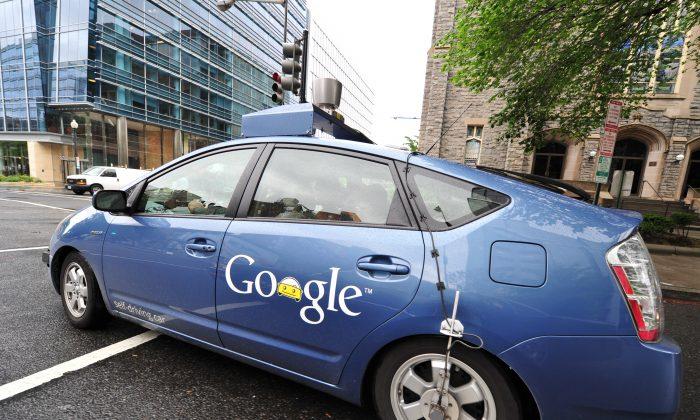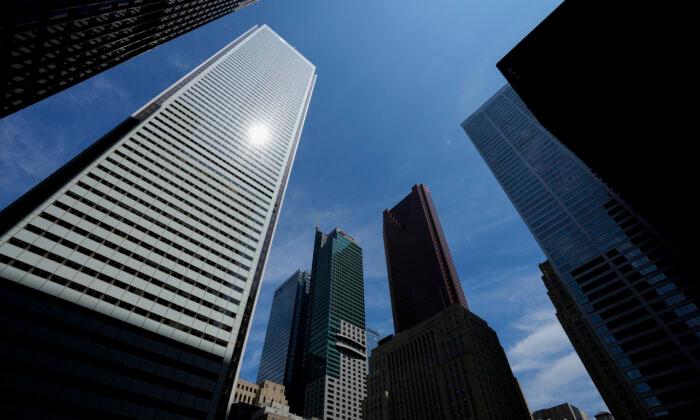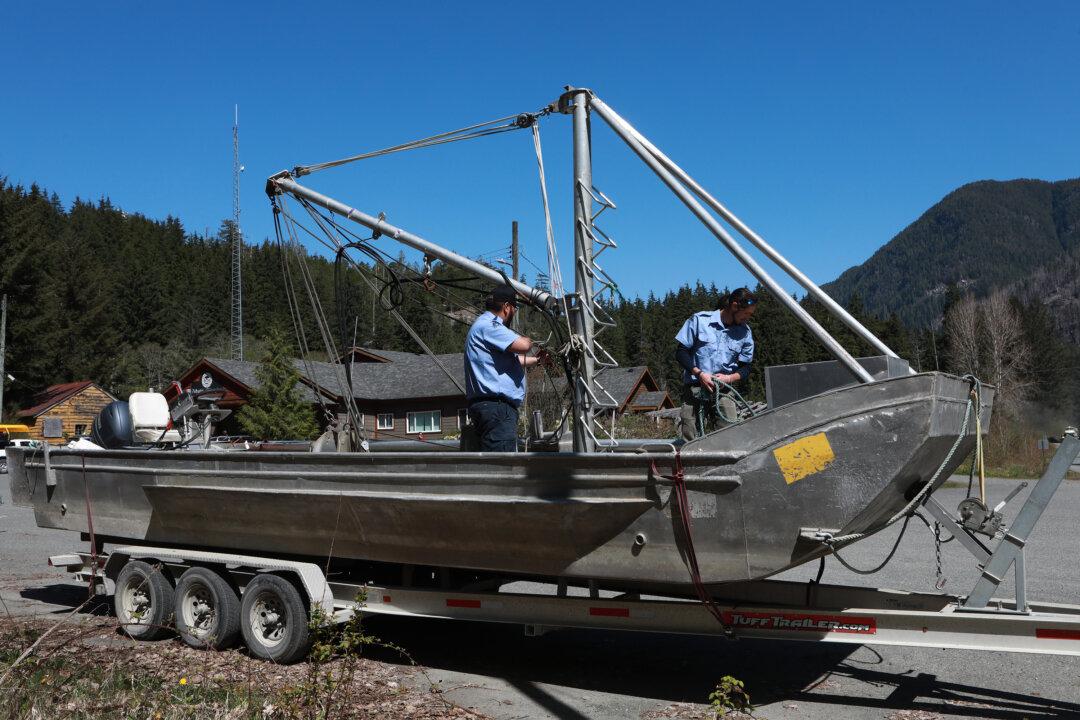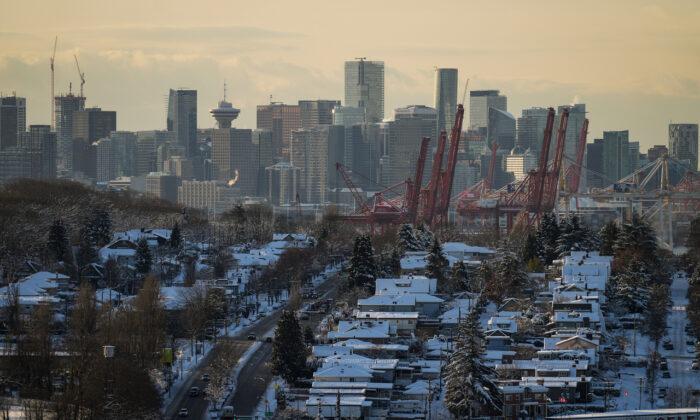TORONTO—Fewer parking lots sprawling the length of football fields, more green space, and a reshaped vision of public transit.
Those are just a few of the ways driverless cars could lay the groundwork for widespread changes in how cities are designed, according to a group of Canadian architects and urban planners.
“There’s going to be a lot of land that’s freed up,” suggested Gianpiero Pugliese, principal architect at Audax Architecture, which designs commercial and residential buildings.
“As a community we will have the opportunity to decide how that’s used.”
“Driverless City,” a panel discussion held Nov. 3 by the Urban Land Institute of Toronto, offered a rare opportunity for architects involved in projects across the country to debate how the fast-evolving technology will impact urban centres and their surrounding suburbs.
By far, the biggest focus was on how parking lots and massive garages could start to vanish.
While self-driving vehicles are still in testing stages, there are prototypes from automakers and technology companies already on public roads. It’s widely expected that within less than 10 years driverless cars—or autonomous vehicles as they’re known within the industry—will be making their way into the average consumer’s garage.
But in a driverless world, people wouldn’t necessarily have to stick to their old parking habits, the designers suggested. Instead of parking their cars at the office, they could be summoned from a more distant, but centralized parking centre.
Pushing thousands of vehicles away from underground parking at office buildings could alter the dynamics of modern construction, said Antonio Gomez-Palacio, principal of planning and urban design at Dialog, which has designed a number of cultural and government buildings across the country.
“We can now design buildings with zero parking,” he said. “We can start to think of very different ways of doing things and it’s going to hugely affect the design process.”
But some of those possibilities also pose major challenges that could squeeze current infrastructure to its breaking point, particularly during rush hour at offices where all of the employees are beckoning their driverless cars creating a new form of gridlock.
“I fear to imagine what we’re going to turn drop-offs and pickups (into),” Gomez-Palacio said.
“All of a sudden, every office building at 5 o'clock is going to look like a school zone.”






Friends Read Free